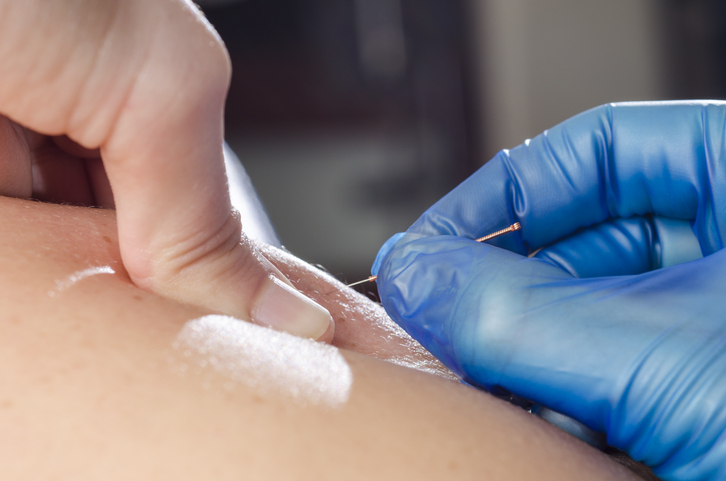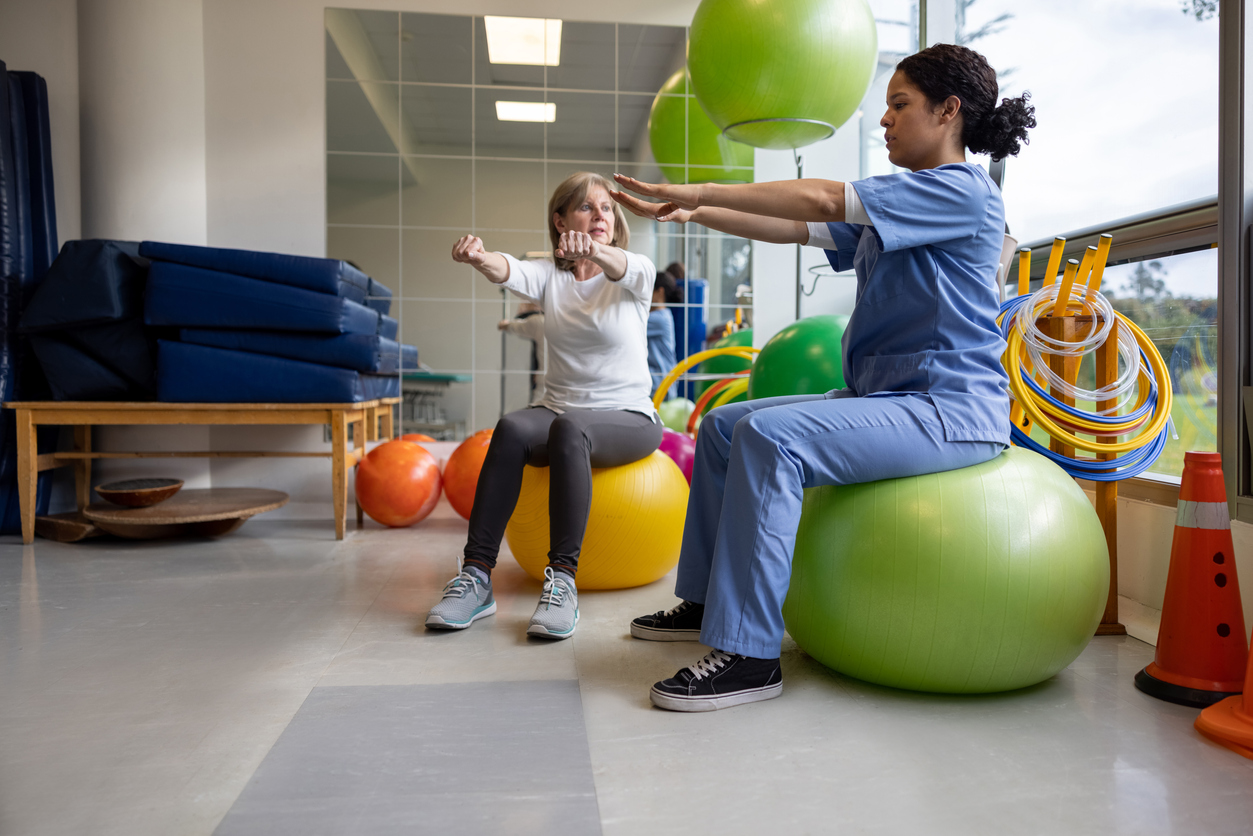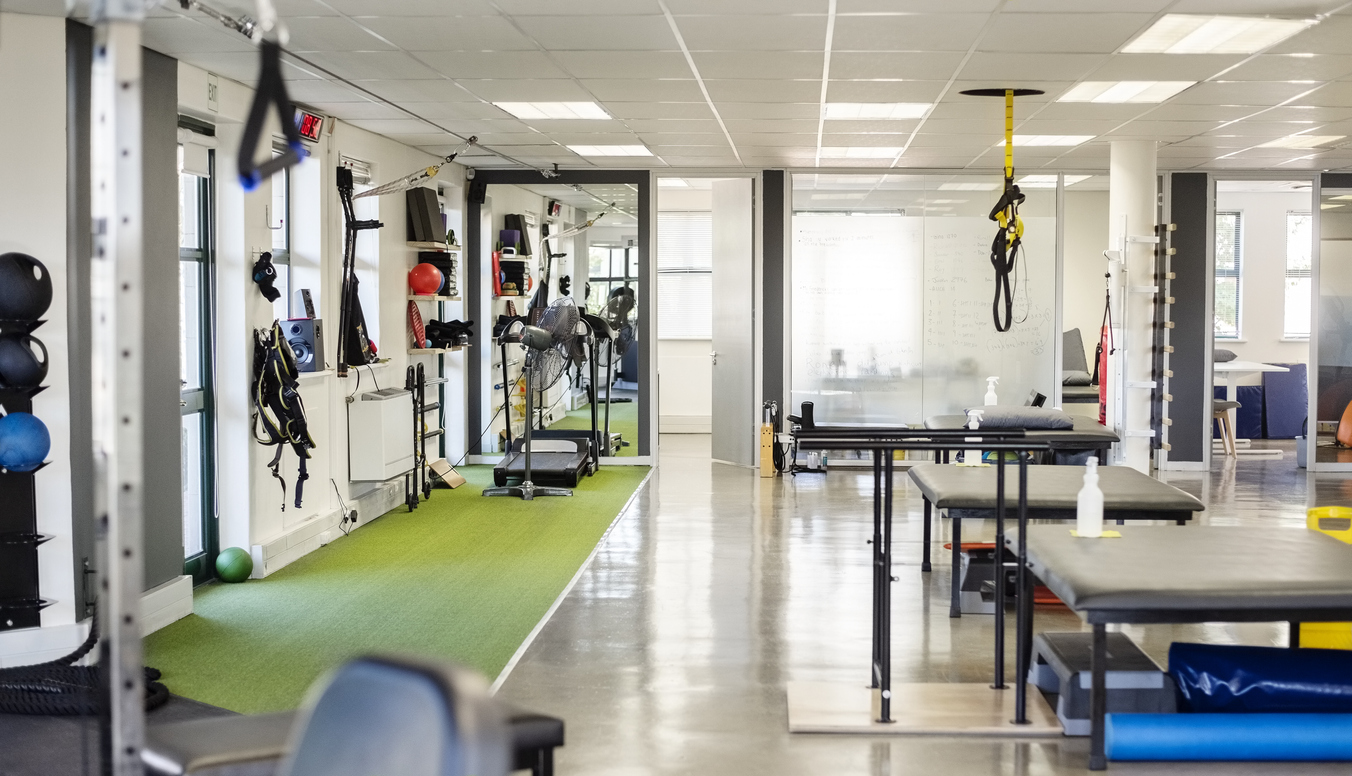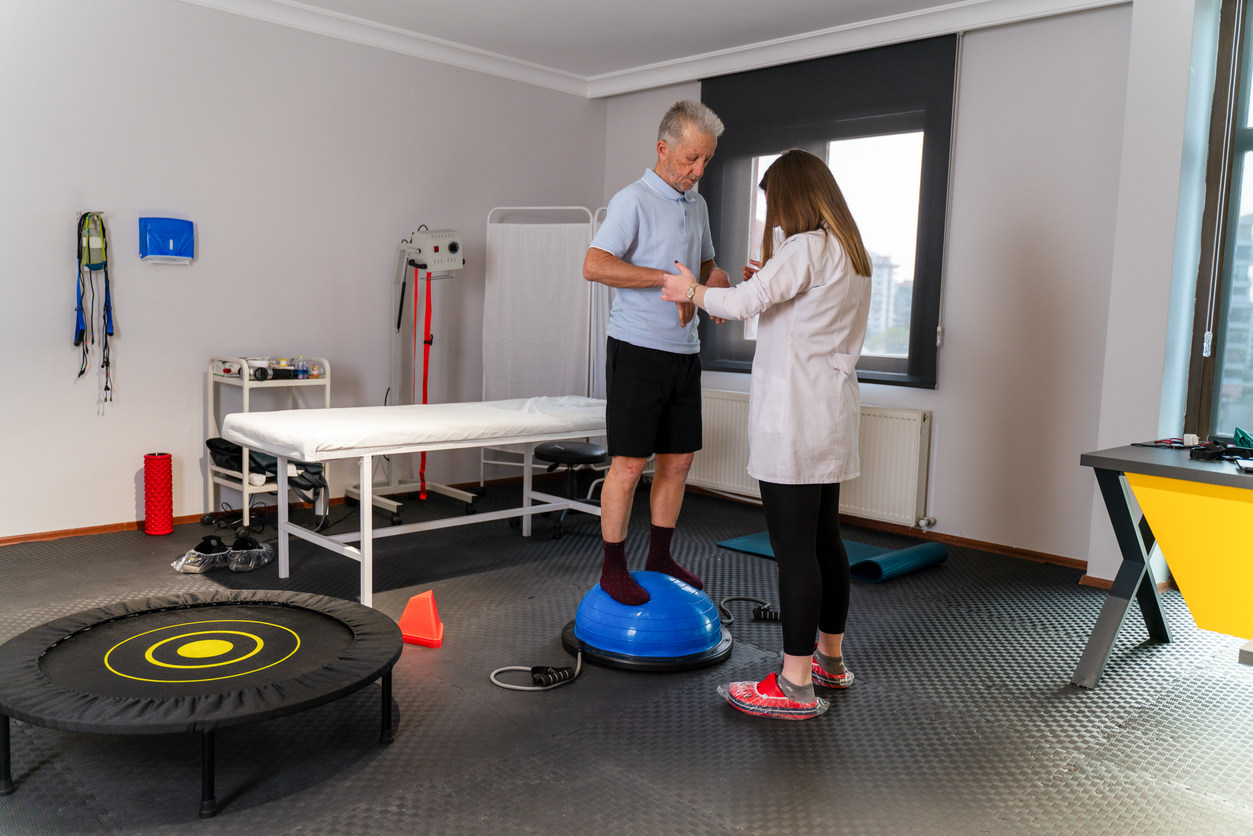Treatments
Patient Experience: Dry Needling Therapy

When you have pain, you look for new treatments; dry needling is one that worked for me. I had never heard of it until my neurologist recommended it for treating leg pain. I was having pain that didn’t seem to have a direct connection with my condition, adhesive arachnoiditis.
Adhesive arachnoiditis is a condition that involves inflammation and nerve damage in the spinal canal. Most of my pain is centered in my lower back, but I was having pain in one leg and foot to the point of finding it hard to walk.
Oftentimes, muscles tighten to protect painful areas, forcing the body to use other muscles, which can then lead to other pain. Eventually, these muscles remain tightened and cannot relax.
Dry needling, or trigger point dry needling, is a technique that involves the use of needles to treat myofascial and muscular pain; it is typically used by physical therapists and chiropractors. This therapy differs from acupuncture in that it targets muscular or myofascial “knots.” The knots I had in my leg and foot were much smaller and buried in the anatomy than typical knots that are easily felt through the skin in the shoulders and back.
This is why the training of a dry needling practitioner is important. Finding these spots can be difficult and requires the patient to communicate what they are feeling during the procedure. Once the area is located, the practitioner determines the best angle from which to approach it to avoid blood vessels, tendons, large nerve bundles, and other muscles. The practitioner visualizes the area and plots a course to the center of the spot to be needled.
In my case, my sciatic nerve was trapped by tightened muscles between my hip and lower back area. During physical therapy, my physical therapist (PT) and I worked together to locate the tense areas. My PT applied pressure with her hands to the general area until she felt a knot that caused me discomfort or pain.
With such a small target, it may take several attempts or several different angles for a practitioner to locate the tightest area making up the knot (the spot that can release the muscle cells around it).
During my experience with dry needling, I felt an electric spark sensation when the needle entered the knot. My PT would then make tiny stabbing or stirring motions with the needle until the electric reaction stopped and the muscle released, like magic. For me, the procedure wasn’t painful, and the relief was noticeable.
There is a limit to how much can be addressed in one dry needling session, so it generally requires multiple sessions. As one area is treated, others may become more apparent; therefore, dry needling therapy can treat several areas of the body.
By following a session with stretching and moist heat to keep the area loose and pliable, dry needling therapy helped reduce my pain levels. It also improved my gait and general comfort when doing normal activities.
~ Ben S.

















